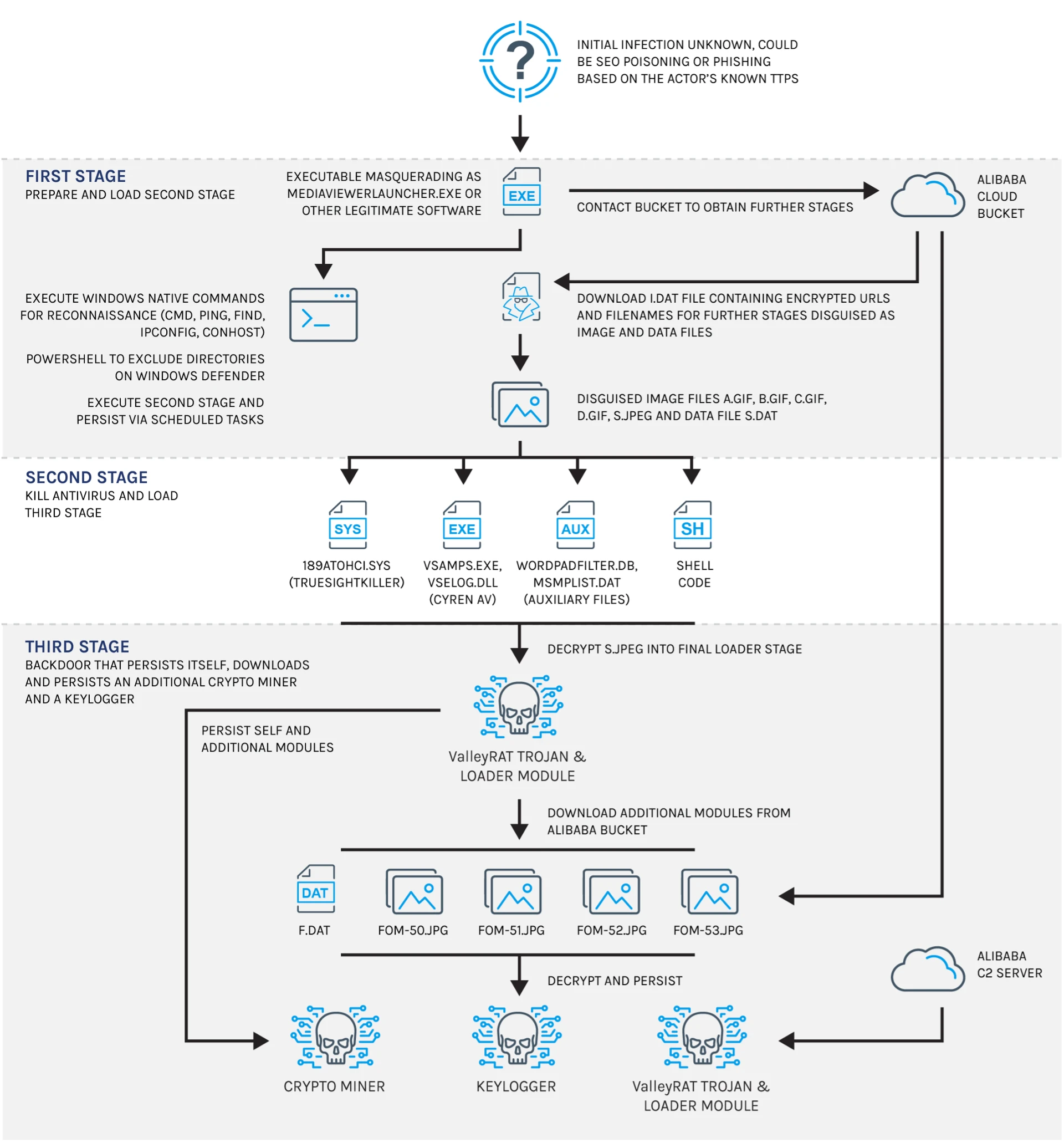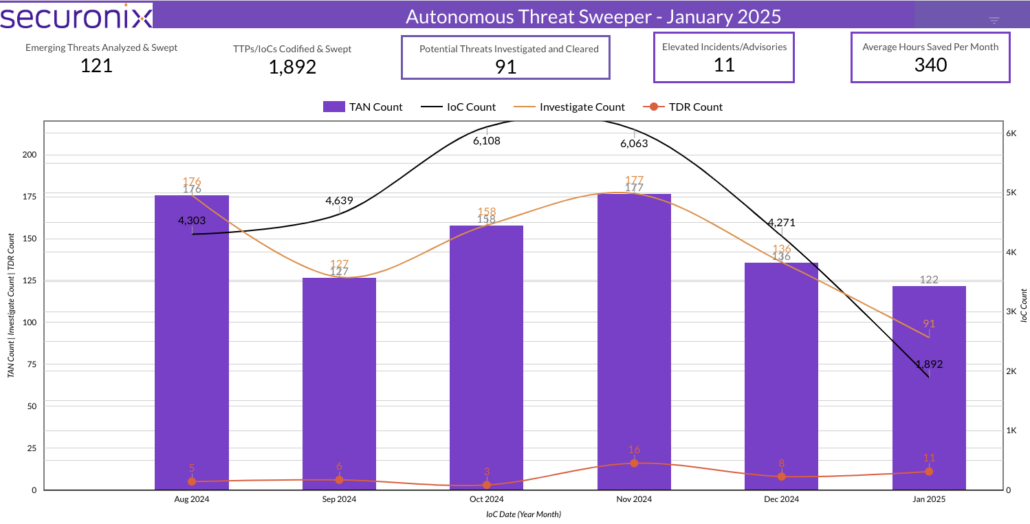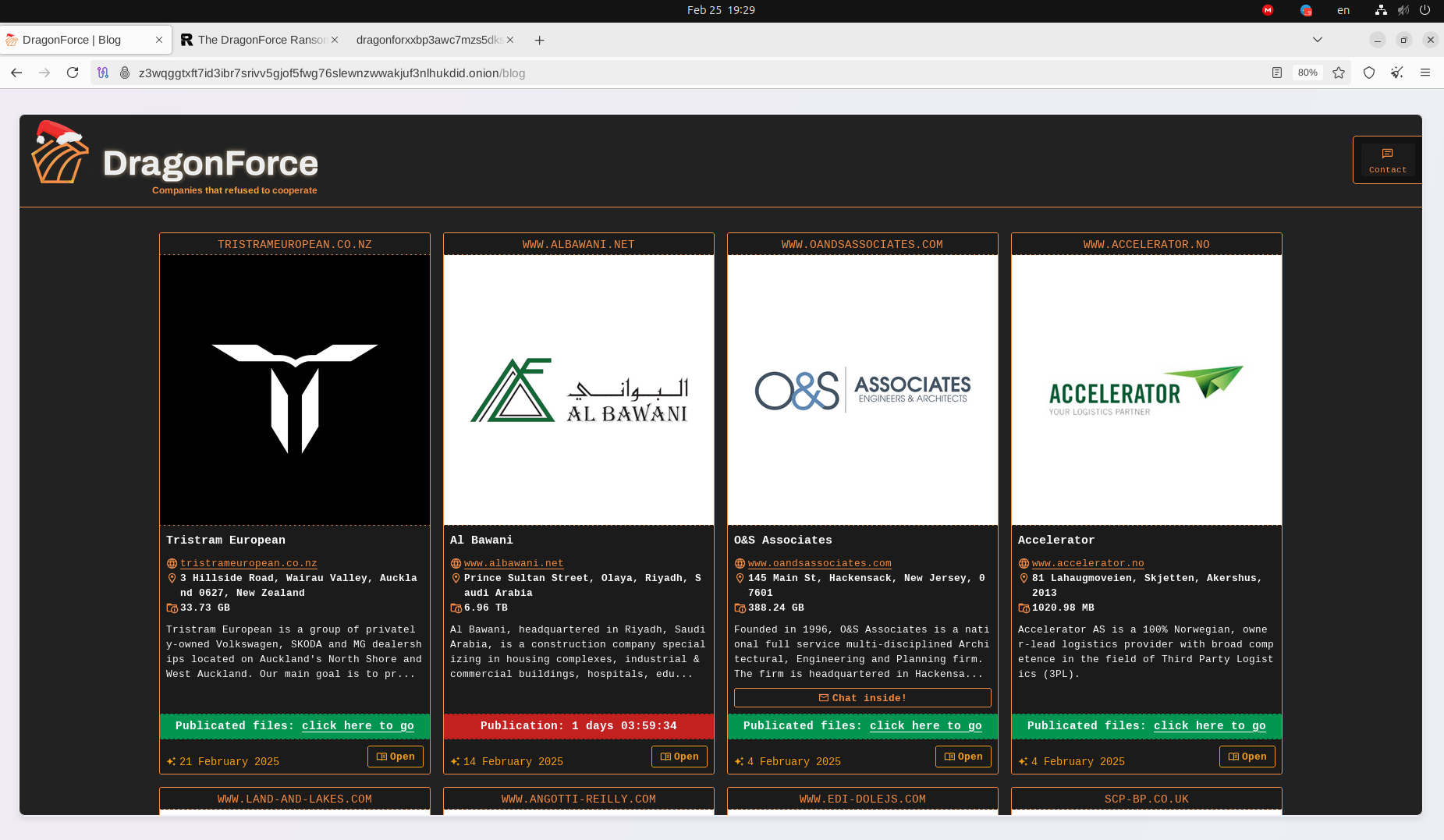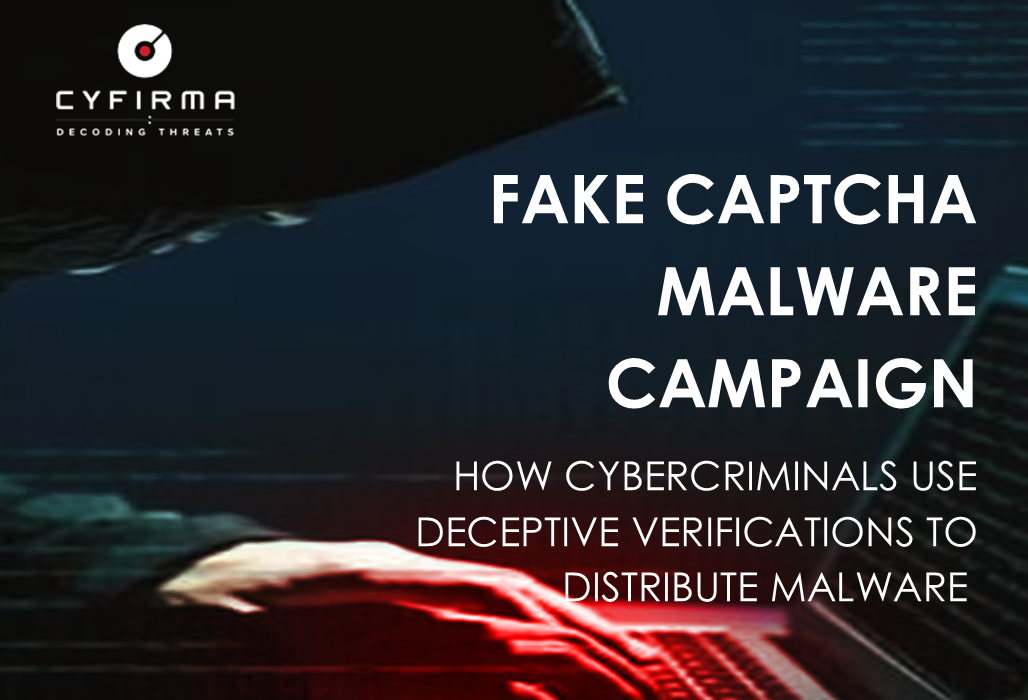
This study offers a comprehensive examination of Advanced Persistent Threats (APTs), focusing on their dynamics, techniques employed, and preventive measures. The article discusses the identification of APTs, the reasons behind attacks on Turkey, and their geopolitical and economic impacts. Furthermore, it explains the concept of Tactics, Techniques, and Procedures (TTP), their subdivision into sub-techniques, and details effective strategies to mitigate APT attacks.…
Read More 















